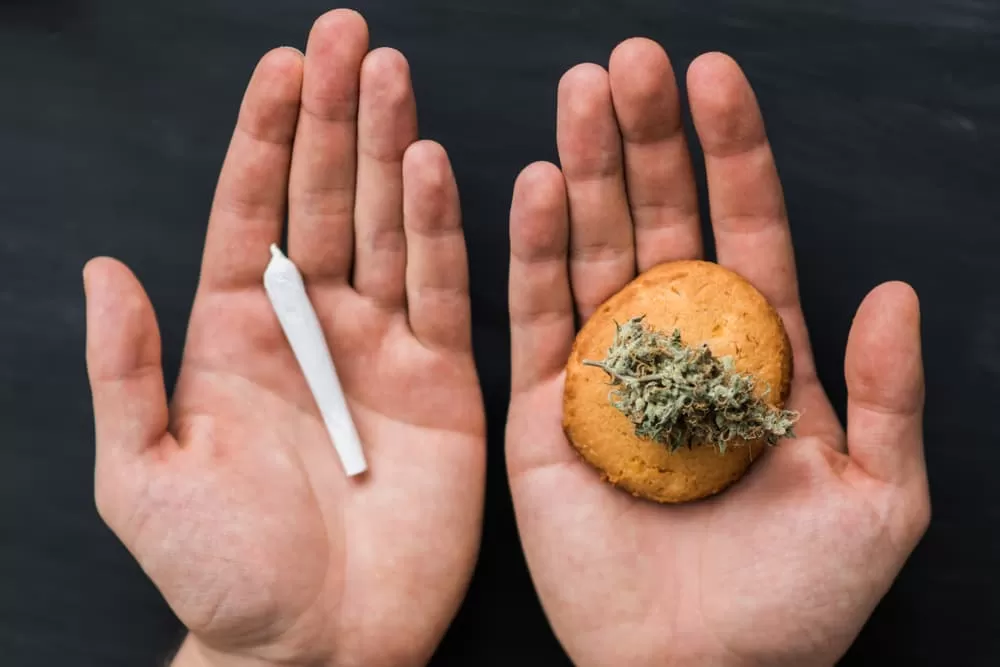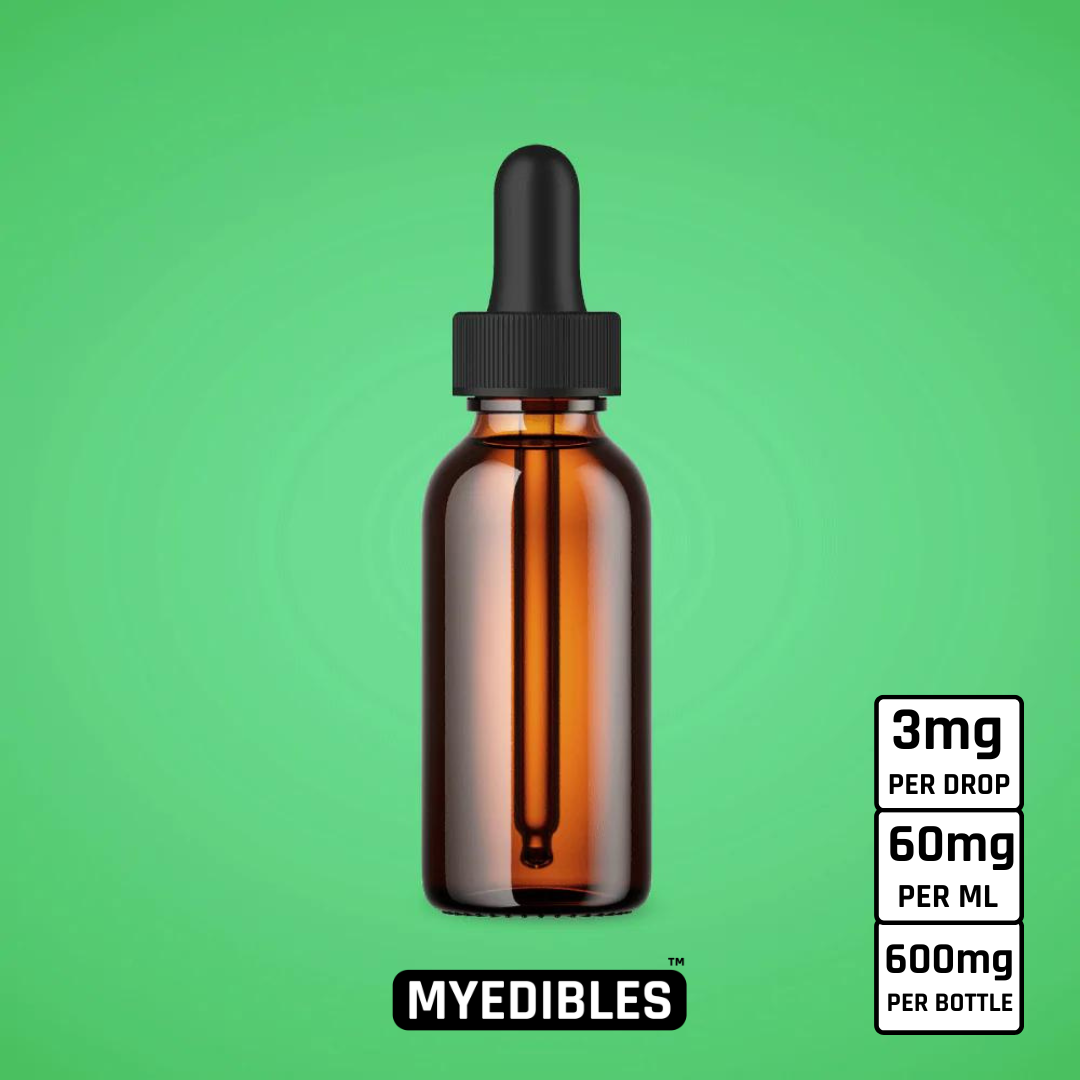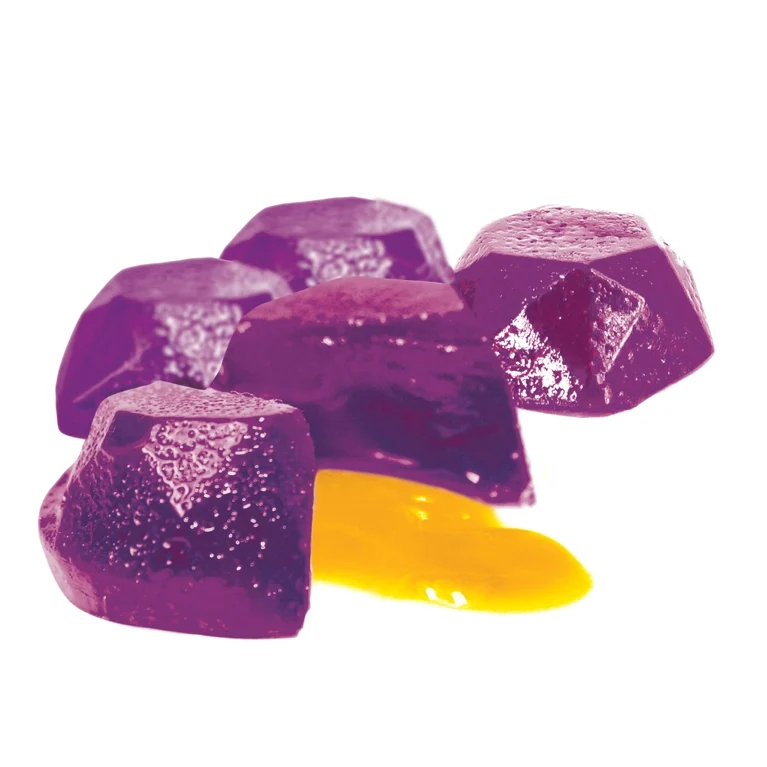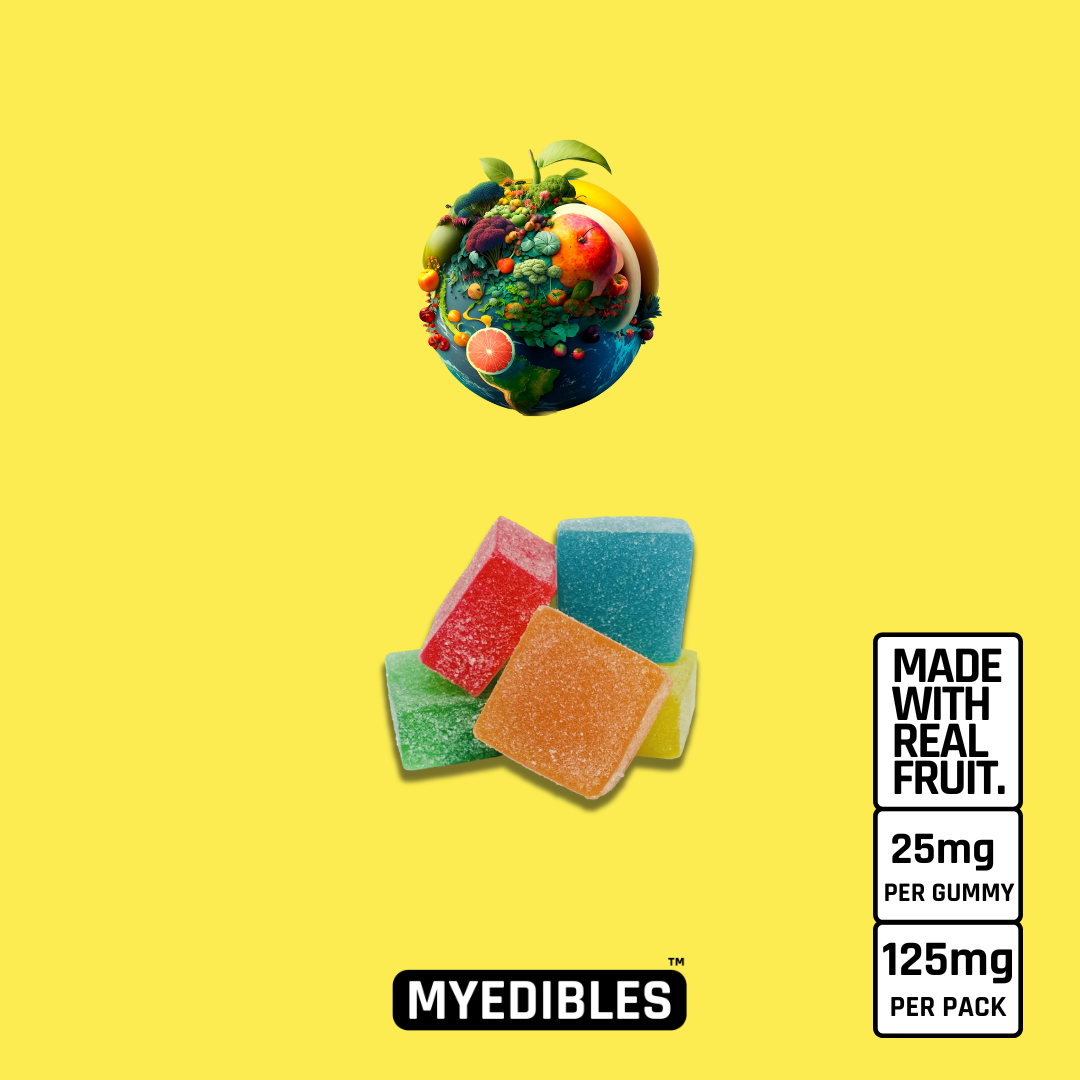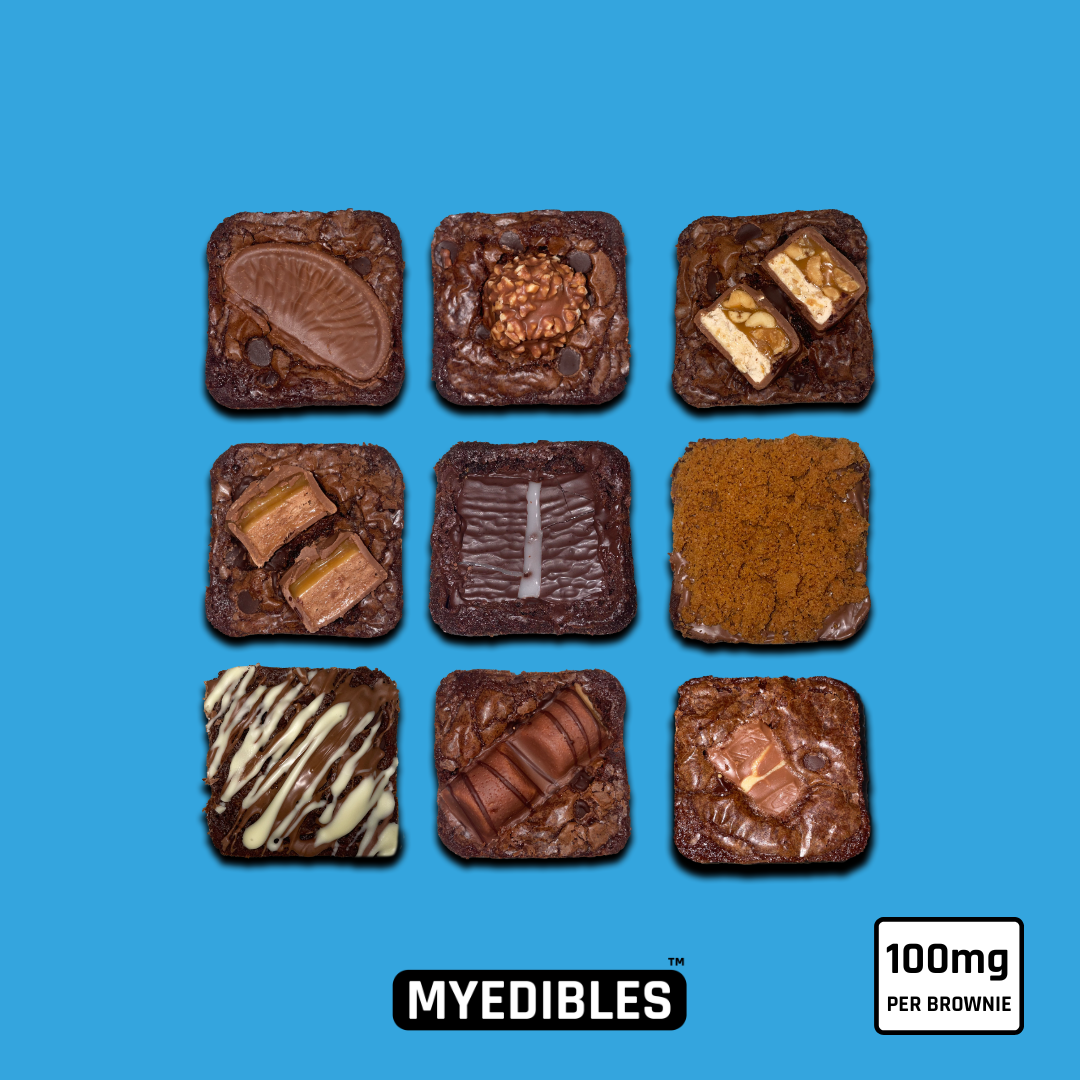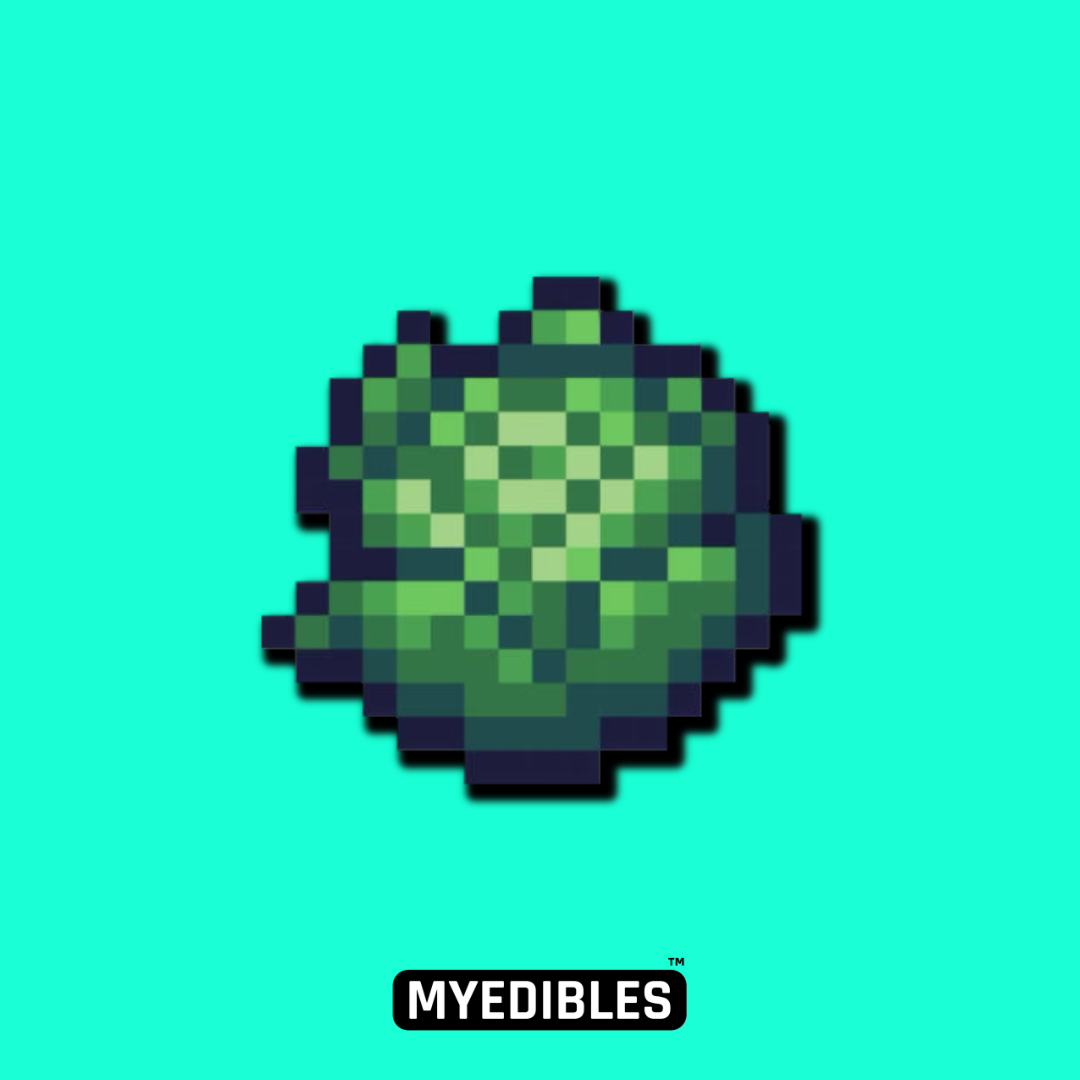THC EDIBLES AND SMOKING: A COMPREHENSIVE COMPARISON!
Cannabis consumption has transformed considerably over the years, shaped by evolving cultural attitudes and the ongoing de-stigmatisation of the plant. Today, cannabis enthusiasts have access to an impressive variety of methods for experiencing the effects of THC, the primary psychoactive compound in cannabis. Among these methods, two of the most widely adopted approaches are THC edibles and smoking.
Each method offers a unique set of experiences, outcomes, and health implications, catering to different preferences and lifestyles. Whether you’re a seasoned user or new to the world of cannabis, understanding these differences is crucial to making informed choices that align with your personal needs and wellness goals.
Table of Contents
- THC Edibles and Smoking: A Comprehensive Comparison of Cannabis Consumption Methods
- Method of Consumption: The Appeal of THC Edibles
- Method of Consumption: The Ritual of Traditional Smoking
- Control and Dosage: The Complexities of THC Edibles
- Control and Dosage: The Intuitive Nature of Smoking
- Comparing the Effects: The Highs of THC Edibles and Smoking
- Health Implications: THC Edibles vs. Smoking Cannabis
- Conclusion: Choosing Between THC Edibles and Smoking
In this detailed guide from MyEdiblesUK, we dive deeply into a comprehensive comparison of THC edibles and smoking, examining each method across several key dimensions. From method of ingestion to dosage control, effects, and health considerations—we leave no stone unturned.
Method of Consumption: The Appeal of THC Edibles
Though often seen as a modern trend, cannabis-infused edibles boast a long and fascinating history that spans numerous cultures and eras. Ancient civilisations and indigenous communities have historically embraced the idea of consuming cannabis by integrating it into food and beverages, creating medicinal and spiritual concoctions that reflect the enduring human curiosity around the plant.
In today’s world, THC edibles have surged in popularity, primarily due to their smokeless and discreet nature. These products include a wide array of choices such as gummies, chocolates, cookies, beverages, and baked goods—all infused with tetrahydrocannabinol (THC).
Once ingested, the THC travels through the digestive system before being metabolised by the liver, which transforms it into a more potent compound called 11-hydroxy-THC. This metabolic process causes a delay in onset—usually between 30 minutes to 2 hours—but also results in a longer-lasting and more intense high, often lasting 4 to 8 hours or more.
It’s worth noting that since edibles are food products, they may contain sugars, fats, and preservatives. When consumed excessively or without awareness, they could contribute to health risks such as weight gain or elevated blood sugar levels. As such, mindful consumption is advised, especially with high-dose products.
Method of Consumption: The Ritual of Traditional Smoking
Smoking cannabis is perhaps the most well-known and time-honoured method of consumption. It involves inhaling the smoke produced by combusting dried cannabis flower. This practice has deep historical roots, having been embraced for generations in various rituals and cultural contexts.
When smoked, THC and other cannabinoids are rapidly absorbed through the lungs and enter the bloodstream almost immediately. This leads to near-instantaneous effects, usually within minutes. The high from smoking typically lasts between 1 to 3 hours, depending on the strain, dosage, and individual tolerance.
Smoking is often seen as a ritualistic and social experience, where users gather, share joints or pipes, and enjoy the communal aspect of cannabis use. However, despite the appeal, smoking involves combustion, which produces irritants and potentially harmful compounds that may affect lung health over time.
Using high-quality equipment such as water pipes or vapourisers, and regularly cleaning them, can mitigate some of these risks by filtering out impurities and minimising direct exposure to smoke.
Control and Dosage: The Complexities of THC Edibles
One of the primary challenges when using THC edibles is managing dosage and control. Unlike smoking, where effects are almost immediate and easier to gauge, edibles have a delayed onset. This delay often leads to the common mistake of overconsumption, especially by inexperienced users who may assume the product is not working and consume more.
This complexity is compounded by individual differences in metabolism, body weight, tolerance levels, and whether food is already present in the stomach. These physiological factors influence how the edible is processed and can result in effects that range from mild to intensely overwhelming.
Because of this variability, edibles require a more measured and cautious approach, beginning with low doses—often referred to as “start low and go slow.” Patience is key when navigating the edible experience, as the effects, once felt, are often stronger and longer-lasting than expected.
Control and Dosage: The Intuitive Nature of Smoking
In contrast, smoking cannabis offers users a high level of dosage control, allowing them to take measured puffs and monitor the immediate effects in real time. This dynamic process provides a feedback loop, where users can adjust their intake based on their comfort level and desired high.
This real-time control is particularly beneficial for beginners or those with lower tolerance, as it minimises the risk of consuming too much. The experience can be paused, extended, or ended at will, making it a flexible option for those who wish to tailor their high to their personal preference.
Furthermore, smoking allows for customisation through various tools and devices—such as joints, pipes, bongs, or vapourisers—each offering a unique sensory and psychological effect.
Comparing the Effects: The Highs of THC Edibles and Smoking
THC edibles produce a high that is typically more body-focused and immersive. As the cannabinoids make their way through the digestive system, users often report a calming, sedative effect that promotes physical relaxation, heightened sensory awareness, and mild to intense euphoria.
This type of high is often associated with creative introspection, deep relaxation, and a gentle dissociation from physical tension. Users may also experience enhanced appreciation for music, art, or food—often referred to as “the munchies.” These effects make edibles an excellent choice for evening use, relaxation, or pain relief.
Conversely, the effects of smoking cannabis are typically more cerebral and energising. The high sets in within minutes, characterised by feelings of euphoria, sociability, and enhanced creativity. Many users report a sense of flow in conversation, laughter, and idea generation, making it a suitable option for daytime use or social settings.
Ultimately, the choice between edibles and smoking hinges on what type of experience a user seeks: a gradual, extended, and body-oriented high, or a fast-acting, uplifting, and socially engaging experience.
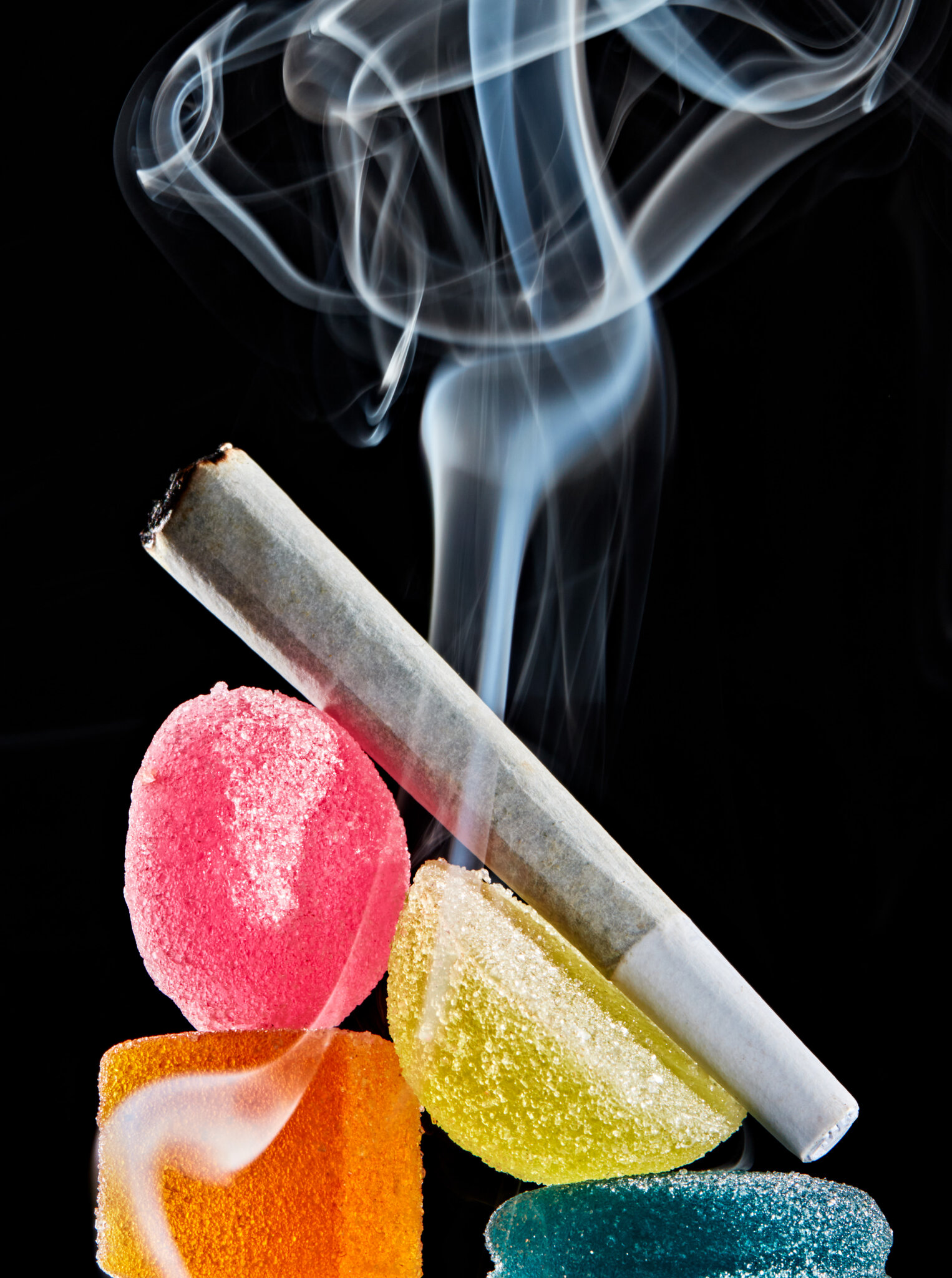
Health Implications: THC Edibles vs. Smoking Cannabis
From a health perspective, THC edibles are widely regarded as a safer alternative to smoking because they eliminate the risks associated with inhaling combusted plant matter. This smoke-free quality is particularly appealing to individuals with respiratory conditions or concerns about lung health.
However, the downside lies in the unpredictability of effects. Delayed onset can lead to accidental overconsumption, resulting in intense and unpleasant highs. Therefore, dosing responsibly and waiting sufficiently before taking more is essential to avoid adverse effects.
Smoking cannabis, while offering immediate effects and intuitive control, does carry respiratory health risks. Inhaling smoke introduces tar, carcinogens, and other irritants to the lungs, potentially leading to coughing, sore throat, or long-term issues with chronic use.
To minimise harm, users are encouraged to use vapourisers or filtered devices, as well as ensure that their smoking tools are regularly cleaned and maintained. Choosing high-quality cannabis free from pesticides and additives also plays a key role in reducing health risks.
Conclusion: Choosing Between THC Edibles and Smoking
The ongoing conversation surrounding THC edibles and smoking represents the dynamic nature of cannabis use in modern society. With both methods offering unique advantages and potential drawbacks, the choice ultimately comes down to personal preference, lifestyle, and health considerations.
For those seeking a smoke-free, discreet, and long-lasting experience, edibles present an enticing option steeped in history and flavour. Meanwhile, individuals looking for immediate gratification and sociability may continue to gravitate towards the timeless tradition of smoking.
As cannabis continues to gain mainstream acceptance, the emphasis should always remain on informed and responsible consumption. Whether you are lighting up a joint or unwrapping a cannabis gummy, embracing the plant’s potential while respecting its power is the key to an enjoyable and enriching experience.
Disclaimer: This article provides information for educational purposes only and should not be considered medical advice. Always consult with a healthcare professional before using any THC related product.

